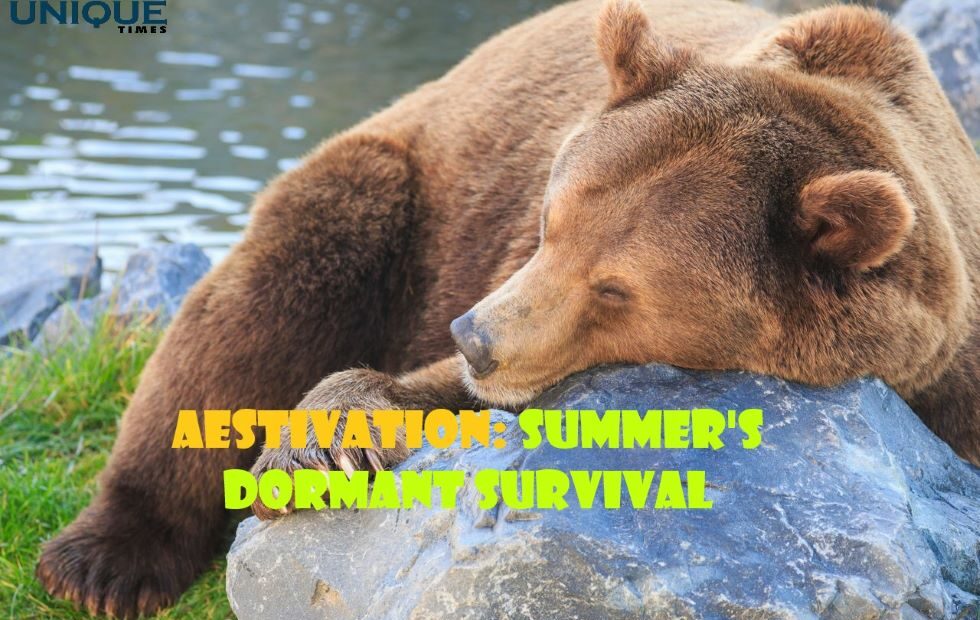Aestivation: Summer’s Slumber – Nature’s Fascinating Adaptation

When we think of dormancy and slumber, our minds often turn to hibernation in the winter months. However, nature holds many surprises, and one such marvel is aestivation – a state of animal dormancy that occurs during the scorching summer heat. In this blog, we delve into the intriguing world of aestivation, exploring its similarities to hibernation, the unique challenges it addresses, and the remarkable adaptations that enable certain creatures to survive the heat of summer.
Aestivation Unveiled: Summer’s Dormant Sleep
While hibernation is a well-known phenomenon, aestivation is its lesser-known cousin, occurring in response to extreme heat and arid conditions. During the summer months, certain animals enter a state of aestivation to escape the harsh conditions and conserve energy.
The Aestivation Blueprint: Adapting to the Elements
Much like hibernation, aestivation involves a slowing down of metabolic processes to reduce energy expenditure. However, the key difference lies in the timing and environmental triggers. Instead of enduring the winter cold, aestivating animals cope with the challenges of hot and dry environments.
Surviving the Summer Heat: A Remarkable Strategy
For creatures in regions prone to extreme heat, aestivation becomes a survival strategy. By entering a dormant state, they can avoid dehydration, escape from predators, and conserve precious energy during times of resource scarcity.
Aestivation Across the Animal Kingdom
Aestivation is not limited to a specific group of animals; various species have evolved this survival mechanism. From amphibians, reptiles, and insects to some mammals and even certain fish, aestivation presents itself as an essential adaptation in the face of summer’s relentless heat.
The Aestivation Process: Slowing Down to Survive
As temperatures rise, aestivating animals lower their metabolic rate, reduce their physical activity, and often find shelter in cool, underground burrows or concealed locations. By slowing down their bodily functions, they can endure the heat without expending excessive energy.
Rising Again: Emergence from Aestivation
As temperatures begin to drop or the environment becomes more favorable, aestivating animals emerge from their dormant state. They reawaken, revitalized and ready to face the world once more, ensuring the continuation of their species.
Adaptation and Conservation Implications
Understanding aestivation and its role in the survival of various species provides valuable insights into the intricacies of nature’s adaptive mechanisms. As climate change impacts global temperatures and ecosystems, grasping how animals cope with extreme conditions becomes vital in guiding conservation efforts.
A Tale of Resilience: Aestivation’s Message
Aestivation serves as a poignant reminder of the resilience and ingenuity of life in the face of challenging circumstances. It highlights the incredible diversity of strategies that animals employ to thrive in their respective environments, showcasing nature’s endless capacity to adapt and endure.
Conclusion
As we marvel at the wonders of the natural world, aestivation stands as a testament to the incredible diversity and resourcefulness of life. The ability of certain animals to enter a state of summer dormancy to survive harsh conditions reinforces the notion that nature holds many surprises, and adaptation takes many forms. In the grand tapestry of life, aestivation reminds us of the interconnectedness of all living beings and the magnificent tapestry of strategies that weave together to ensure the continuity of life on our planet.
Picture Courtesy: Google/images are subject to copyright








